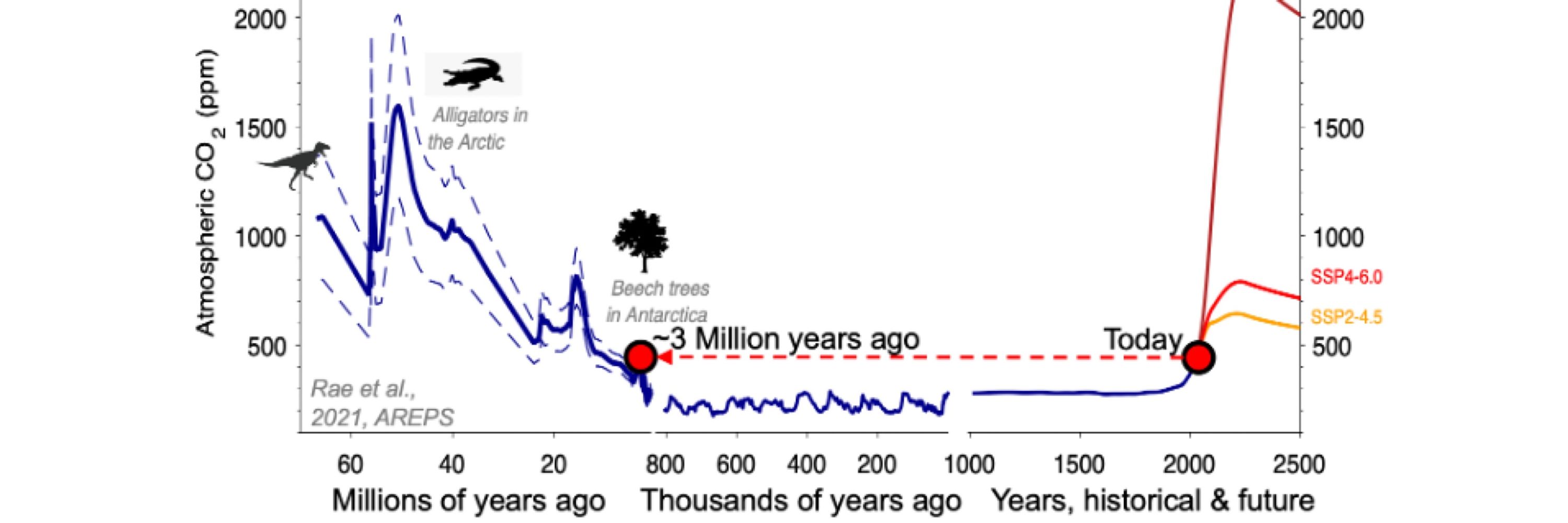
@UnivofStAndrews
| CO2 & ocean circulation past & present | Social & Environmental justice
It can also explain why biogeochemical records from the North Pacific and Southern Ocean share similar structure (Haug & Sigman‘s “polar twins” 👯)

It can also explain why biogeochemical records from the North Pacific and Southern Ocean share similar structure (Haug & Sigman‘s “polar twins” 👯)





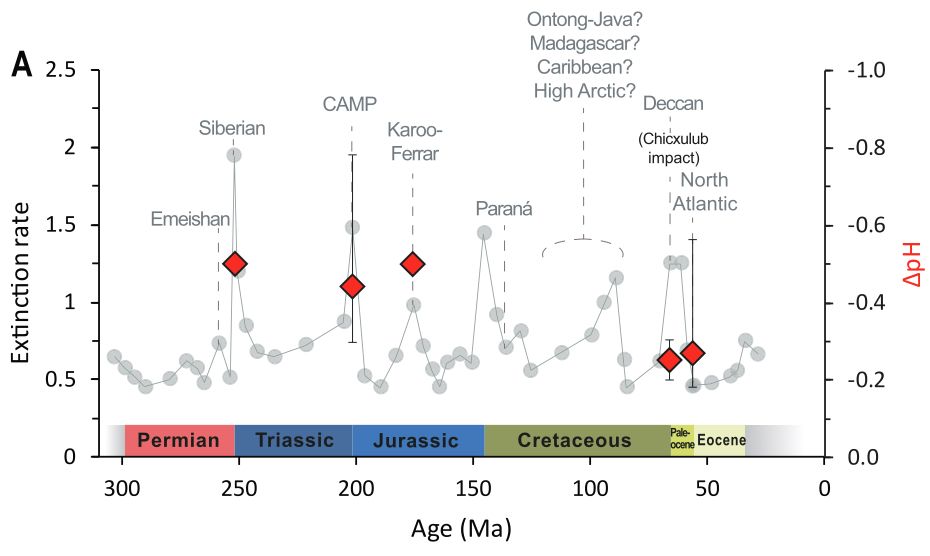
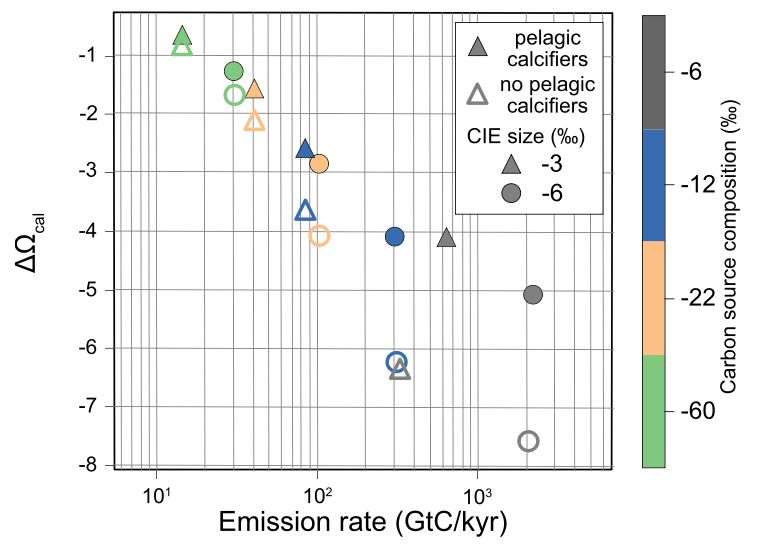
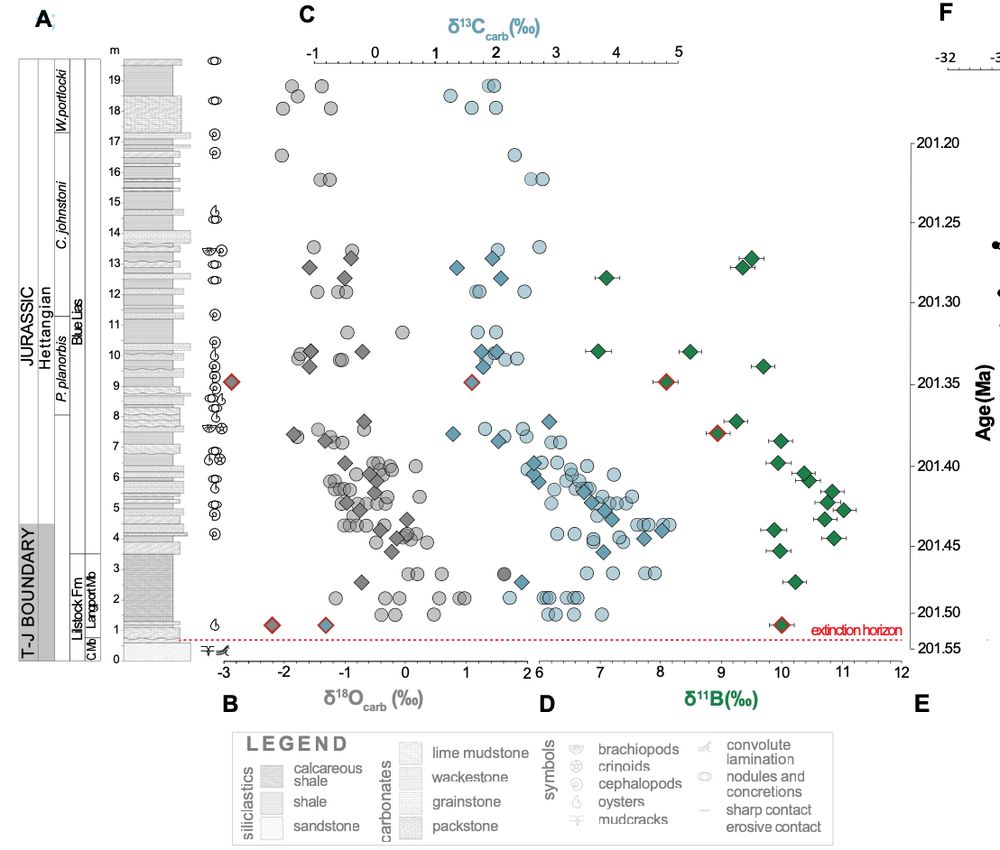
Using boron isotopes in fossil oysters, we find a major pulse of ocean acidification and CO2 rise, driving global warming and delaying ecosystem recovery following the end-Triassic mass extinction
rdcu.be/ev6XV
🧪🌊⚒️🐚🧵

Using boron isotopes in fossil oysters, we find a major pulse of ocean acidification and CO2 rise, driving global warming and delaying ecosystem recovery following the end-Triassic mass extinction
rdcu.be/ev6XV
🧪🌊⚒️🐚🧵
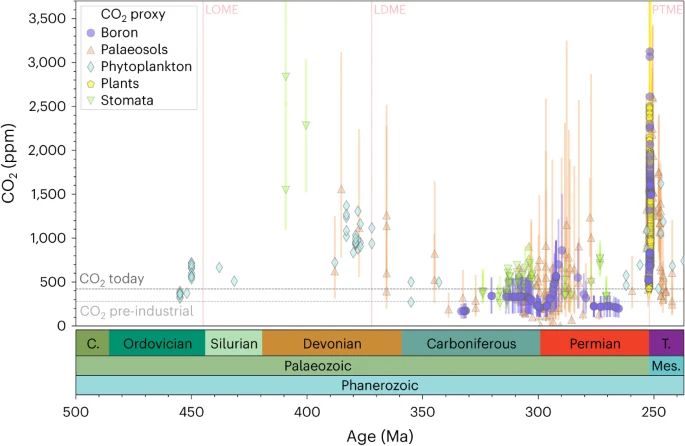


Let’s make sure it doesn’t take another 611 years to get the next
⚒️🧪🌊👩🏻🔬

Let’s make sure it doesn’t take another 611 years to get the next
⚒️🧪🌊👩🏻🔬
Also amazing how even at this time of year and latitude solar (yellow) can take a decent bite out of gas (orange) during the day.
☀️💨⚡️
grid.iamkate.com
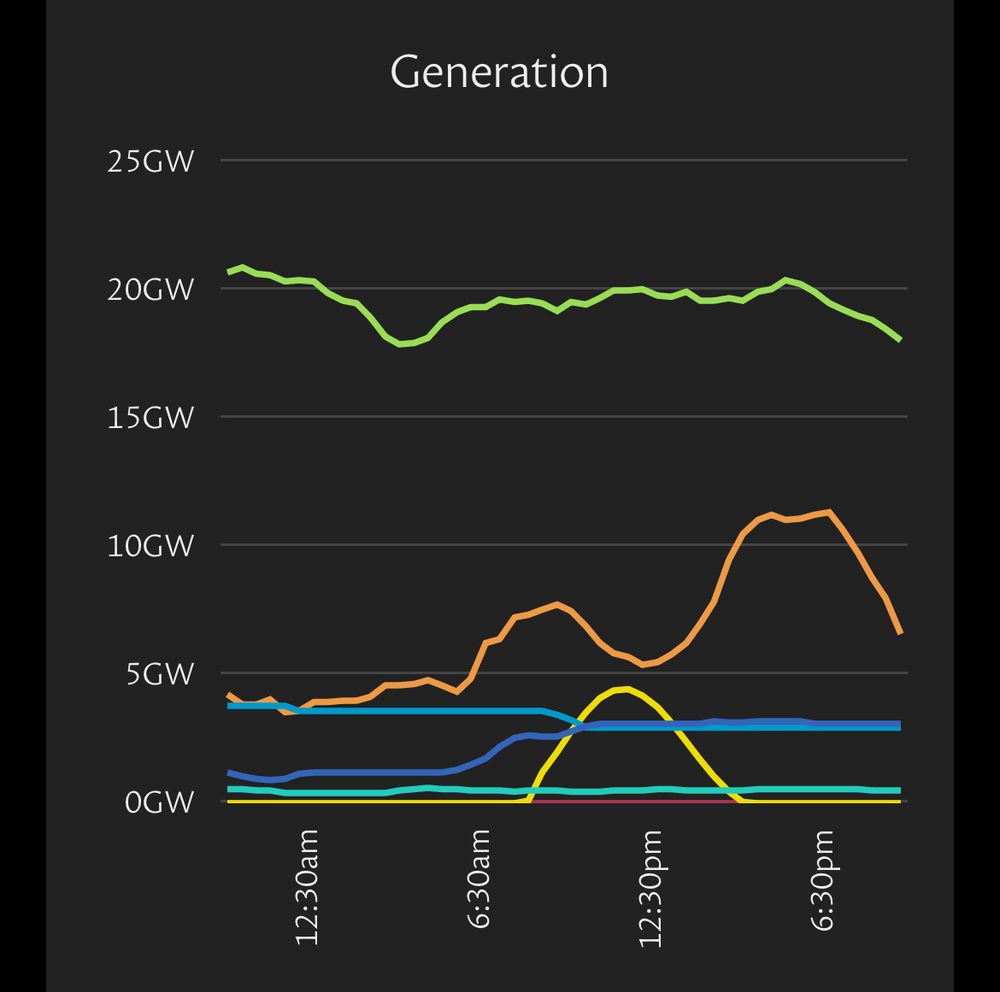
Also amazing how even at this time of year and latitude solar (yellow) can take a decent bite out of gas (orange) during the day.
☀️💨⚡️
grid.iamkate.com
Record is 21.81 GW sustained over 30 mins last December, so getting close!
Can check individual wind farms at excellent GB Renewables map below
💨⚡️🔌🧪⚒️
renewables-map.robinhawkes.com#4.25/54.2/-1...
Record is 21.81 GW sustained over 30 mins last December, so getting close!
Can check individual wind farms at excellent GB Renewables map below
💨⚡️🔌🧪⚒️
renewables-map.robinhawkes.com#4.25/54.2/-1...
Generation currently at 20.2 GW (65% of total UK generation) and building!
grid.iamkate.com

Generation currently at 20.2 GW (65% of total UK generation) and building!
grid.iamkate.com
NB - thanks to Octopus flexible tariff I can fill up the 280 miles range on my Kia for £4.50!!!
(And I obvs told him to get onto Bluesky) 🐙 ⚡️🔌🚗

NB - thanks to Octopus flexible tariff I can fill up the 280 miles range on my Kia for £4.50!!!
(And I obvs told him to get onto Bluesky) 🐙 ⚡️🔌🚗




(Only slightly gutted it wasn’t a worm)
⚒️🌊🧪


(Only slightly gutted it wasn’t a worm)
⚒️🌊🧪

Lecturer (Assist. Prof) in
Earth Surface Processes. Areas could include sedimentary environments, processes, geology, geomorphology, stratigraphy, CCS, natural haz, or many more!
Closes 17 July
www.vacancies.st-andrews.ac.uk/Vacancies/W/...

Lecturer (Assist. Prof) in
Earth Surface Processes. Areas could include sedimentary environments, processes, geology, geomorphology, stratigraphy, CCS, natural haz, or many more!
Closes 17 July
www.vacancies.st-andrews.ac.uk/Vacancies/W/...

